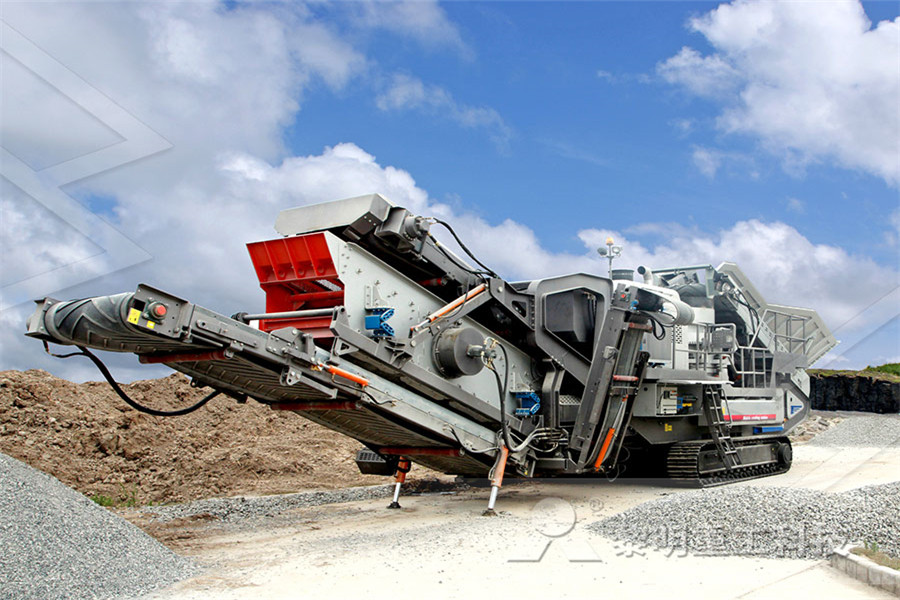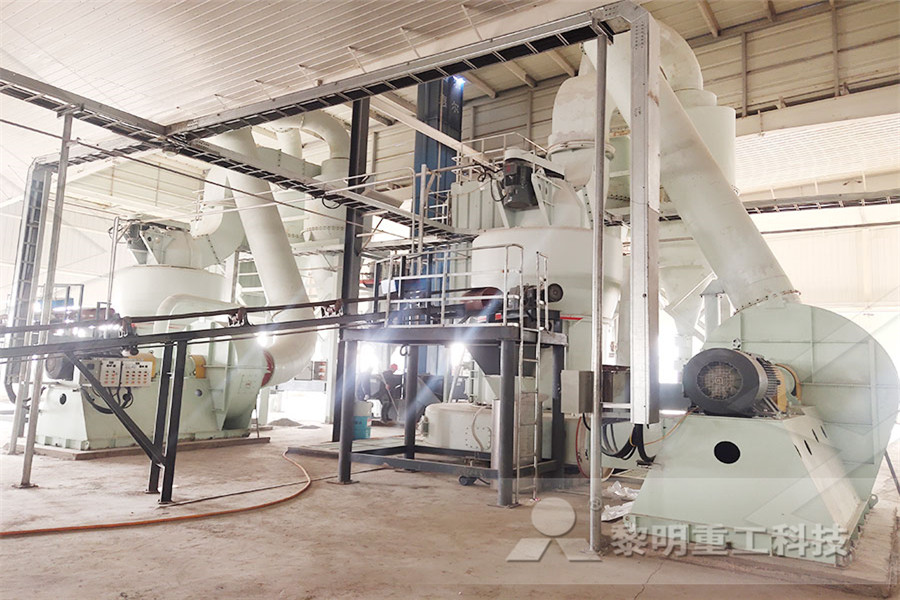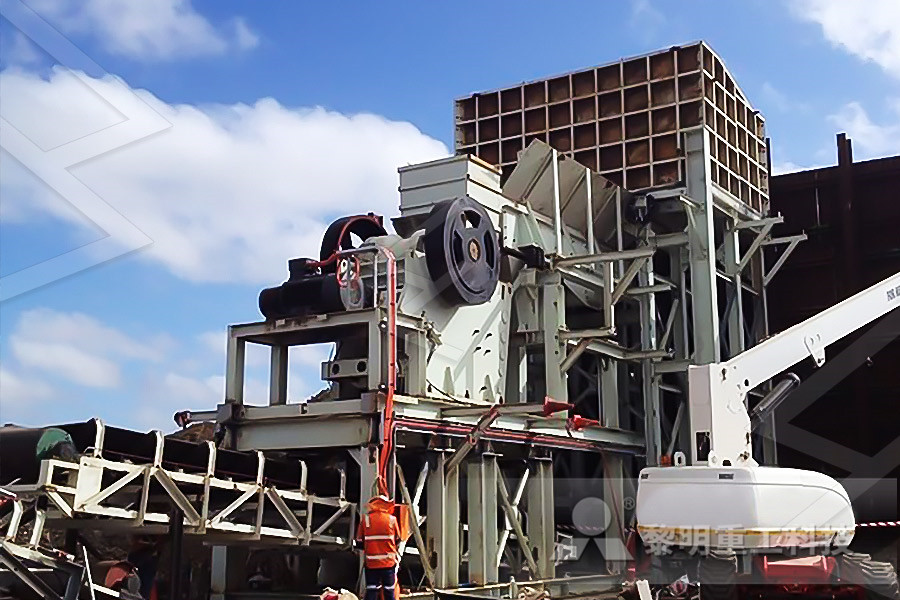
Mud content and fineness requirements of readymixed
Jan 26, 2021 Mud content and fineness requirements of readymixed concrete sand January26,2021 Readymixed concrete needs to use medium sand In addition to the standard requirements for sand gradation, mud content and mud content, it is also important to note that the sand passing through the 0315mm sieve is not less than 15%Jan 29, 2019 Generally, the compressive strength of concrete is considered as inversely proportional to \( W/C \) and air content (\( v{A} \)) (Bogas and Gomes 2013; Yang et al 2014) An increase in the content of natural sand increases \( \gamma{c} \), as shown in Table 3 Thus, the increase in \( R{s} \) indicates the increase in \( \gamma{c} \)Effect of Sand Content on the Workability and Mechanical There are two methods: one is to use a variety of materials amount per 1 cubic meters, such as cement 300 kg, water 180 kg, sand 690 kg, gravel 1260 kg; the other is that the water cement ratio and cement ratio and concrete content of different materials per unit mass of the cases, such as precedent can be written as: C:S:G=1:23:42, W/C=06Conventional grade C20, C25 and C30 concrete mix ratio

Control of air content Concrete Construction
often too fluid to retain entrained air and air content dec re a s e s A g g re g a t e s —Air content is reduced by both an inc r ease in maximum aggregate size and a decrease in sand content As the maximum aggregate size incre a s e s , less sand is needed in a properly pro p o r tioned conc re t eThere are two methods: one is to use a variety of materials amount per 1 cubic meters, such as cement 300 kg, water 180 kg, sand 690 kg, gravel 1260 kg; the other is that the water cement ratio and cement ratio and concrete content of different materials per unit mass of the cases, such as precedent can be written as: C:S:G=1:23:42, W/C=06Conventional grade C20, C25 and C30 concrete mix ratio Answer (1 of 4): Moisture content of sand used for concrete production needs to be measured It is then subtracted from the water demand for a specific concrete mix design It can me measured by physically weighing the wet sand and drying it to constant weight Divide the weight of water (differeWhat is the moisture content of sand for concrete? Quora

Effect of Sand Fines and Water/Cement Ratio on Concrete
content also has adverse effect of the strength of concrete due to poor adhesion Researchers have therefore develop various models for predicting the effect of sand fines and W/C on the strength of concrete However, there is a gap in literature for the combined effect of sand fines and water/cement ratio’s effect on the properties of concretepaste needed to make concrete using the aggregate For instance, sand with a low fineness modulus has more voids in it and more particle surface, thus, more paste is needed to fill voids and cement the particles together than would be needed for a coarser sand Below is an example of the mechanical sieve analysis results of a fine and coarseFundamentals of ConcreteBut combine lowsand concrete with other conditions that decrease air content, and even the lower required air contents may not be achievable When this happens, the batch plant operator may have to increase sand content, blend sands to change the grading, or use a different AEA air loss soon after mixing indicates an unstable airvoid Why air content varies, and what you can do about it

CHAPTER 3 PHYSICAL PROPERTIES OF LIGHTWEIGHT
normalweight sand, a wide range of concrete densities may be obtained Aggregates for structural lightweight concrete usually have a top size of minus 3/4 in or minus 1/2 in Most lightweight concretes use a lightweight coarse aggregate 3/4 in to #4 mesh (1/2 #8) with ordinary sand, minus #4 mesh (minus 48 mm), however other combinations ofQuality Testing of Sand at The Construction Site for The Concrete There are different methods for testing the quality of sand at the construction site for concrete construction The quality of the sand is as important as other materials for concrete The most different, which passes through the 475 mm IS strainer, is known as the fine aggregateQuality Testing of Sand for Concrete Quality Testing of material such as sand, gravel, crushed stone, blastfurnace slag, and lightweight aggregates that usually occupies approximately 60 to 75% of the volume of concrete Aggregate properties significantly affect the workability of plastic concrete and also the durability , strength, thermal properties, and density of hardened concreteAggregates for Concrete

Concrete Mix Design Calculations
• As the air content increas es, the strength of the concrete decreases 4 • It’s a calculation: w/c ~ lbs of water / lbs of cement w/c m ~ lbs of water / lbs of cementitious Water / Cementitious Ratio Often when w/c is discussed its really w/c m that is intended as the reference = Water cement ratio concrete Water cement Concrete is the homogeneous mixture of cement or lime, sand, aggregate, and water in a fixed proportion Its quality plays a vital role in the strength and durability of the structure Hence, the quality of concrete is expressed in terms of grade Higher the grade of concrete; higher will be the quality and vice versa Grades of ConcreteDifferent Grades of Concrete Based on IS, American 1 Effects of Water Content on Air Content of Concrete Increase of water content in the mixture will lead to increase concrete air content and vice versa This is because the increase of water content would increase fluid mixture into which air bubbles could be integrated easily through mixing operationWhat Factors Affects Air Content of Concrete? The

Aggregates for Concrete Memphis
concrete volume (70% to 85% by mass) and strongly influence the concrete’s freshly mixed and hardened properties, mixture proportions, and economy Fine aggregates (Fig 51) generally consist of natural sand or crushed stone with most particles smaller than 5 mm (02 in) Coarse aggregates (Fig 52) consist of one or a comCHAPTER 5Sep 17, 2021 Concrete is a mixture of cement with sand, gravel, and pieces of rock When wet cement contacts your skin, chemicals react to water molecules in your skin This reaction produces alkaline Concrete Burns: Causes, Symptoms, Treatment, and PreventionJan 17, 2019 How about picking up some sand, throwing it against a concrete wall, and inspecting the damp mark left behind? Or, creatively, putting a clump of sand inside your cheek and giving it a little chew Fortunately, reliable aggregate moisture content test methods exist today that provide precasters with accurate, consistent and repeatable results One Thing: Aggregate Moisture Content Testing NPCA

Effect of Sand Fines and Water/Cement Ratio on Concrete
content also has adverse effect of the strength of concrete due to poor adhesion Researchers have therefore develop various models for predicting the effect of sand fines and W/C on the strength of concrete However, there is a gap in literature for the combined effect of sand fines and water/cement ratio’s effect on the properties of concreteThere are two methods: one is to use a variety of materials amount per 1 cubic meters, such as cement 300 kg, water 180 kg, sand 690 kg, gravel 1260 kg; the other is that the water cement ratio and cement ratio and concrete content of different materials per unit mass of the cases, such as precedent can be written as: C:S:G=1:23:42, W/C=06Conventional grade C20, C25 and C30 concrete mix ratio material such as sand, gravel, crushed stone, blastfurnace slag, and lightweight aggregates that usually occupies approximately 60 to 75% of the volume of concrete Aggregate properties significantly affect the workability of plastic concrete and also the durability , strength, thermal properties, and density of hardened concreteAggregates for Concrete

Fundamentals of Concrete
paste needed to make concrete using the aggregate For instance, sand with a low fineness modulus has more voids in it and more particle surface, thus, more paste is needed to fill voids and cement the particles together than would be needed for a coarser sand Below is an example of the mechanical sieve analysis results of a fine and coarseBest Concrete In the production of concrete is usually used in the mortar Sand is crushed into small pieces then it takes into the filtered to confirmation that no massive rock particle is included After that mixing of cement and water, then that fills the air spaces between the coarse aggregate Sands can also be used in pipe sand or walkways as a levelling medium and pools, patios or What is Concrete Sand Types Specification Concrete For example, they may increase the sand content to increase the workability of concrete, or reduce the cement content to decrease the cost of concrete But, excess modification in sand and cement content will adversely affect the strength of concrete Hence it is not advisable to increase the fine aggregate content (river sand or M sand) more Calculate Cement Sand Aggregate M20, M15, M10, M5

Determining Moisture in Aggregate Concrete Construction
Mar 01, 1986 Sand can be expected to contribute about 2 to 6 percent free moisture by weight, and gravel or stone about 1 or 2 percent Under average conditions that means that 104 pounds of sand would give you the equivalent of 100 pounds of sand in what is called a saturated surface dry (SSD) condition and 4 pounds (1/2 gallon) of free moistureConcrete Ingredients Calculation For Cement, Sand and Coarse Aggregate This is a Volumetric Calculation Assuming we need 2 m 3 of concrete for M20 Concrete Mix, (Mix Ratio, M20 = 1 : 15 : 3) Total Part of the Concrete = 1+15+3 = 55 Parts Therefore, Cement Quantity = (Cement Part / Concrete Parts ) * Concrete VolumeHow to Calculate Cement, Sand and Coarse Aggregate Percentage of Silt Content = (V1/V2) x 100 V1 Volume of silt layer V2 Volume of sand layer For example, for a given sand sample, if V1 comes out to be 9 and V2 is 130, the % silt content would be 69 % The permissible value of silt content in Sand is 8%, hence the sand sample is ok and can be used for construction purposesTest for Silt Content in Sand The Constructor

(PDF) Evaluation of sea sand and river sand properties and
concrete for buildings, the high content of chloride in sea sand leads to structural integrity problems This composition absorbs humidity with causes erosion andHow To Sand Concrete Countertops 1 lb of sand has a lot more particle surface to cover with a fixed amount of cement paste than 1 lb of gravel, so there’s less cement paste separating the sand grainsAccording to concretenetwork, the average cost per square foot is $65 to $135, and the average cost of installation is $40 to $50 per hour, per personHow To Sand Concrete Countertops 2021Answer (1 of 6): OPEN THE WINDOW Have a look at the following diagram You can see that when you move from a regular mix to self compacting concrete you are adding around 8% extra fines (dreaded in regular mix) which can be of any form ranging from supplementary cementitious materials to filleWhat will be the effect on concrete if we increase the

Cement Standards and Concrete Standards
ASTM's cement and concrete standards are instrumental in the evaluation and testing of concrete, cement, and aggregates Concrete can have different properties depending upon the mixture that is used in creating it, which contains cement, chemical admixtures, and aggregatesConcrete C 143/C 143M98 Test Method for Slump of Hydraulic Cement Concrete C 15098 Specification for Portland Cement D 438184 Test Method for Sand Content by (Revised 1993) Volume of Bentonite Slurries D 497295a Test Method for pH of Soils 1313 API standardsACI 336101 Specification for the Construction of Drilled